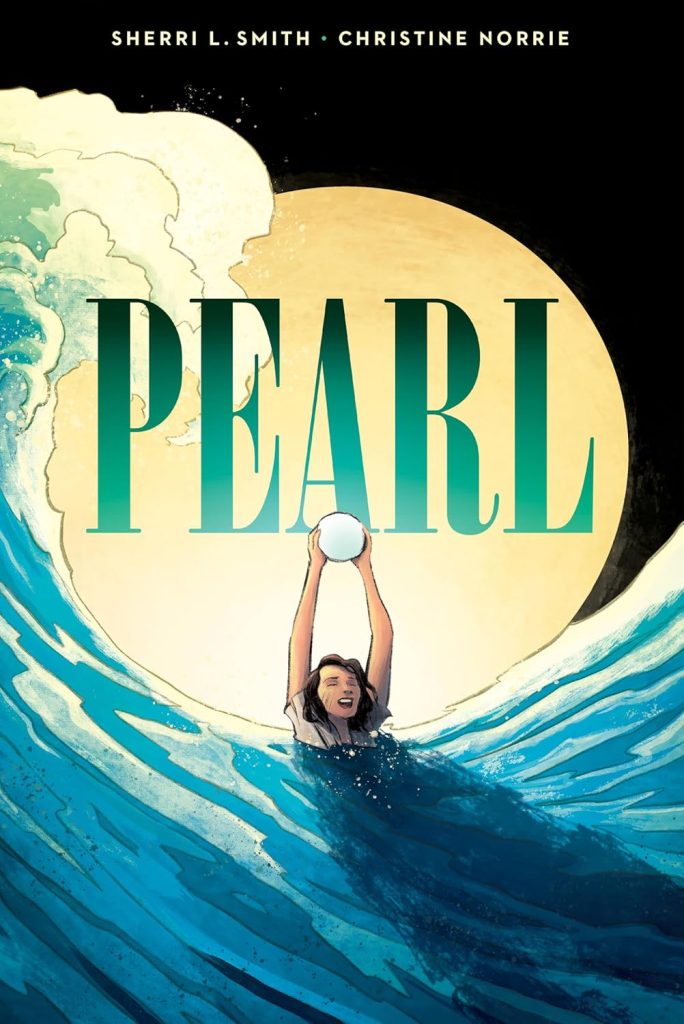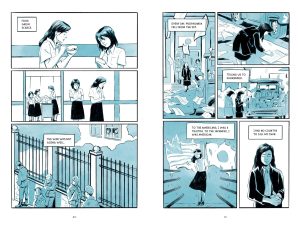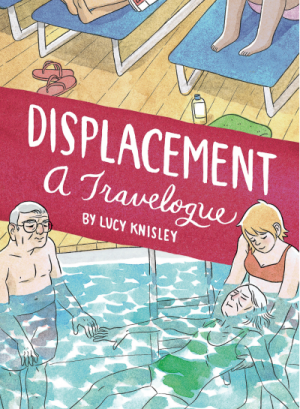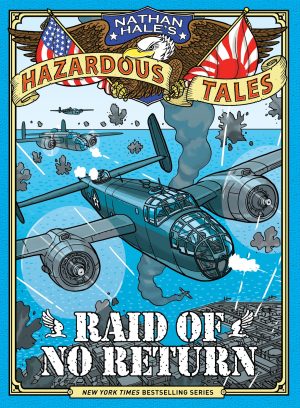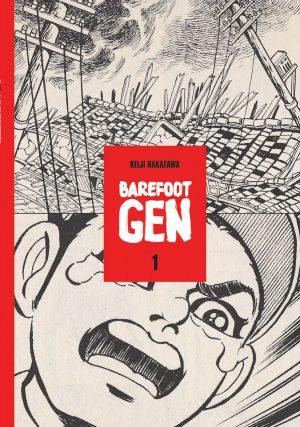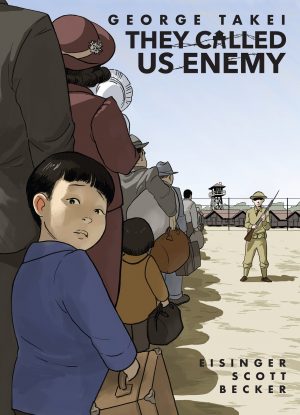Review by Ian Keogh
In 1941 Amy lives in Hawaii with her American mother and Japanese father, but our introduction to her is strange. After seeing her enjoy life in the manner of most girls of her age, Sherri L. Smith has her parents receive news that her great-grandmother is ill. Amy’s parents also have a younger child and feel they’re unable to visit, and the strange aspect is a decision that Amy at thirteen should visit instead. There’s no further explanation, but even allowing for children of the 1940s not being as cosseted as their 21st century equivalents, it seems amazing to send a child of that age away for three months to relatives she barely knows. It’s not the only occasion something in Pearl cries out for greater contextualisation.
Great-grandmother Ama was a pearl diver in her younger days, and the title’s second meaning occurs around a third of the way through. Amy is still in Japan in December 1941 when the country’s air force attacks the US fleet in Pearl Harbor. To make matters worse for her, it’s located in Hawaii.
Attractive and emotionally strong blue and white art from Christine Norrie goes a long way to disguising how little depth there is to Pearl. Other graphic novels deal with the experiences of Japanese Americans based in the USA during World War II (see recommendations), and while the opportunity to show the reverse is enticing and different, it’s sadly squandered. After the engaging opening of Ama pearl diving, too many sequences are just page after page of day to day events with feelings about complicated situations dashed off in a brief caption. It’s not enough, even in a book aimed at a younger audience.
It’s not until halfway through that Smith moves into more interesting territory. Amy is unable to return home after the Pearl Harbor attack, and when discovered by the Japanese authorities she’s moved to Hiroshima, forced to listen to American radio broadcasts and pass on any significant information. It’s during these that she learns of what’s happening to Japanese born people in the USA. Her own fate is even more shocking, but that’s best left unrevealed.
Even then events are skimmed, shown as tragic, but with Amy remaining a dispassionate commentator instead of a sympathetic character. There’s a really good story to be told about the circumstances Amy finds herself in, but this is a disappointing Cliff’s Notes version.
